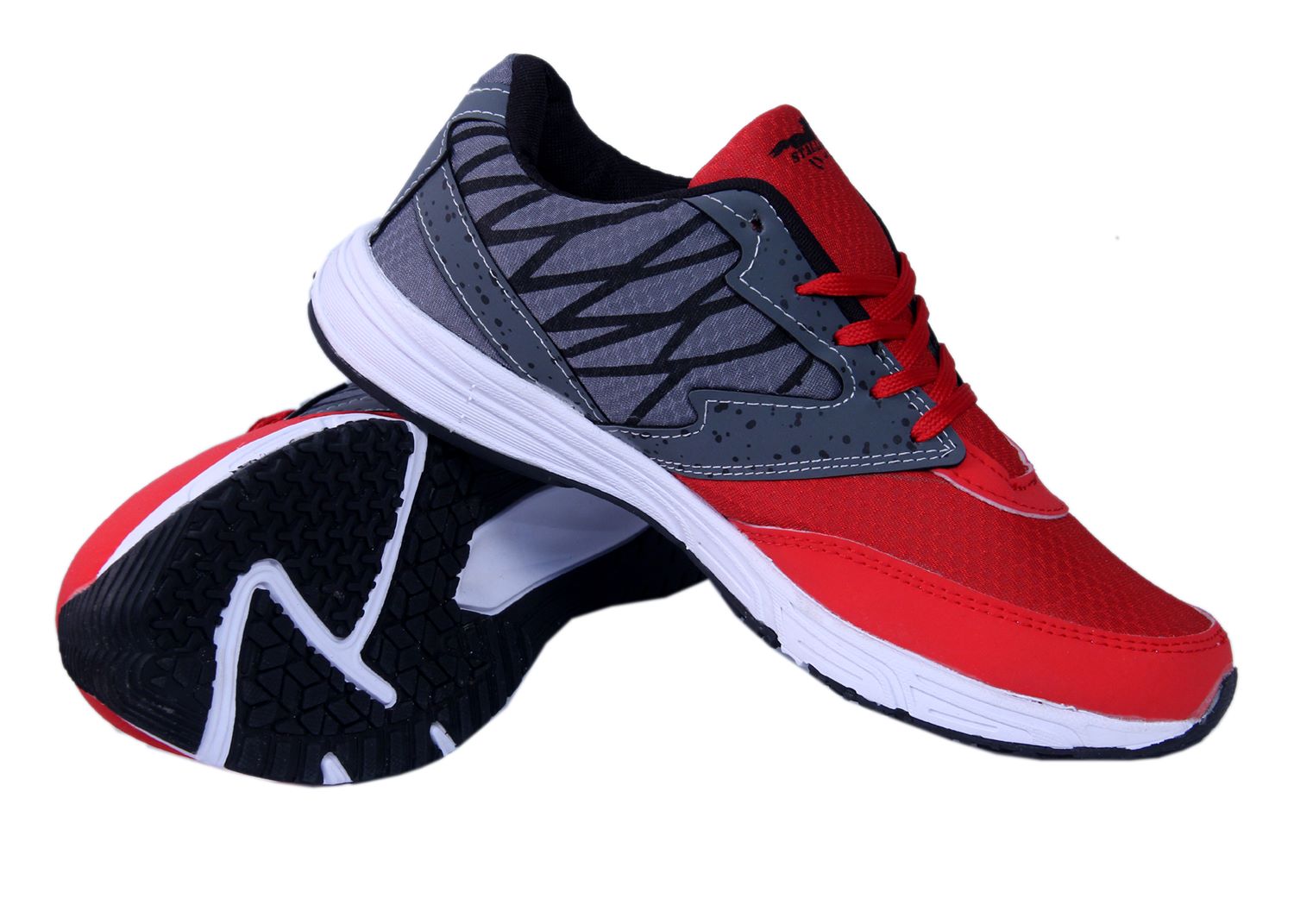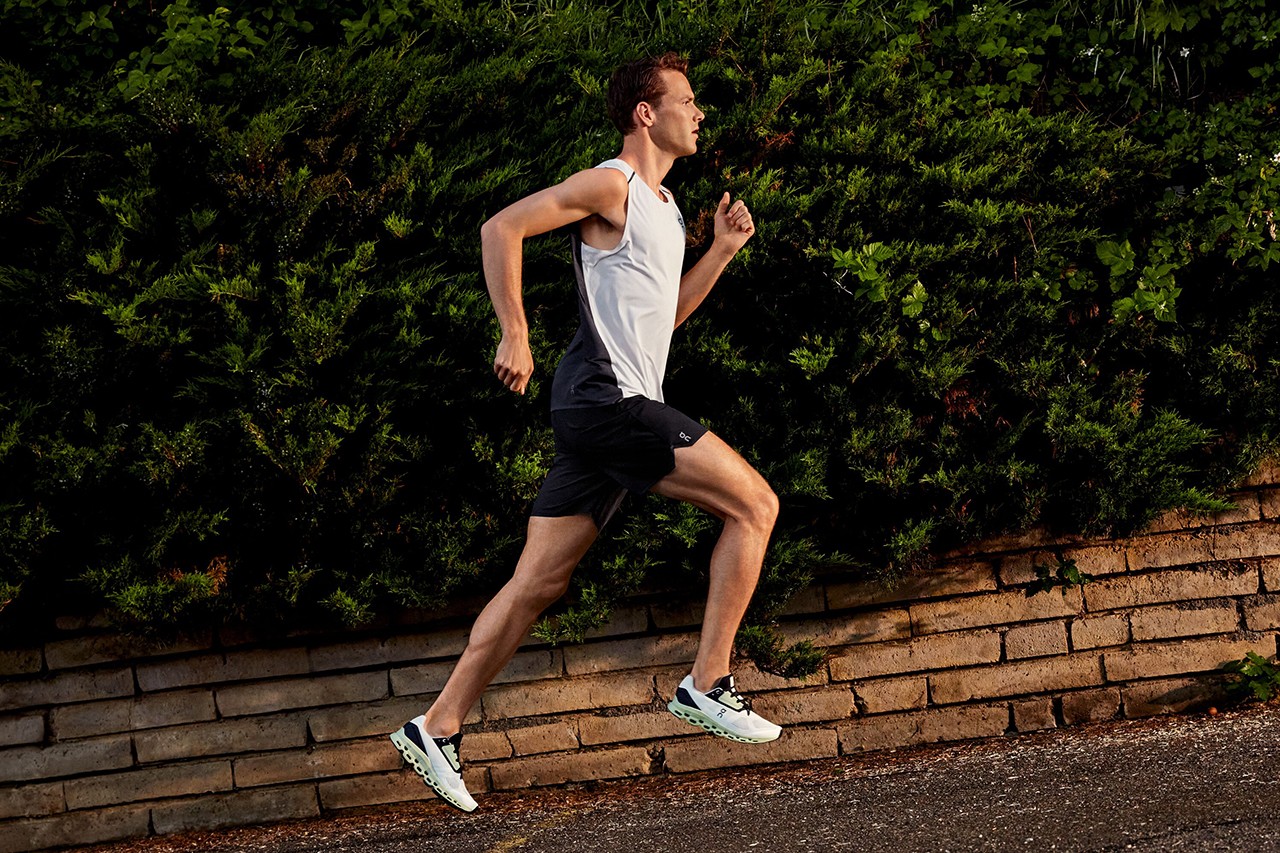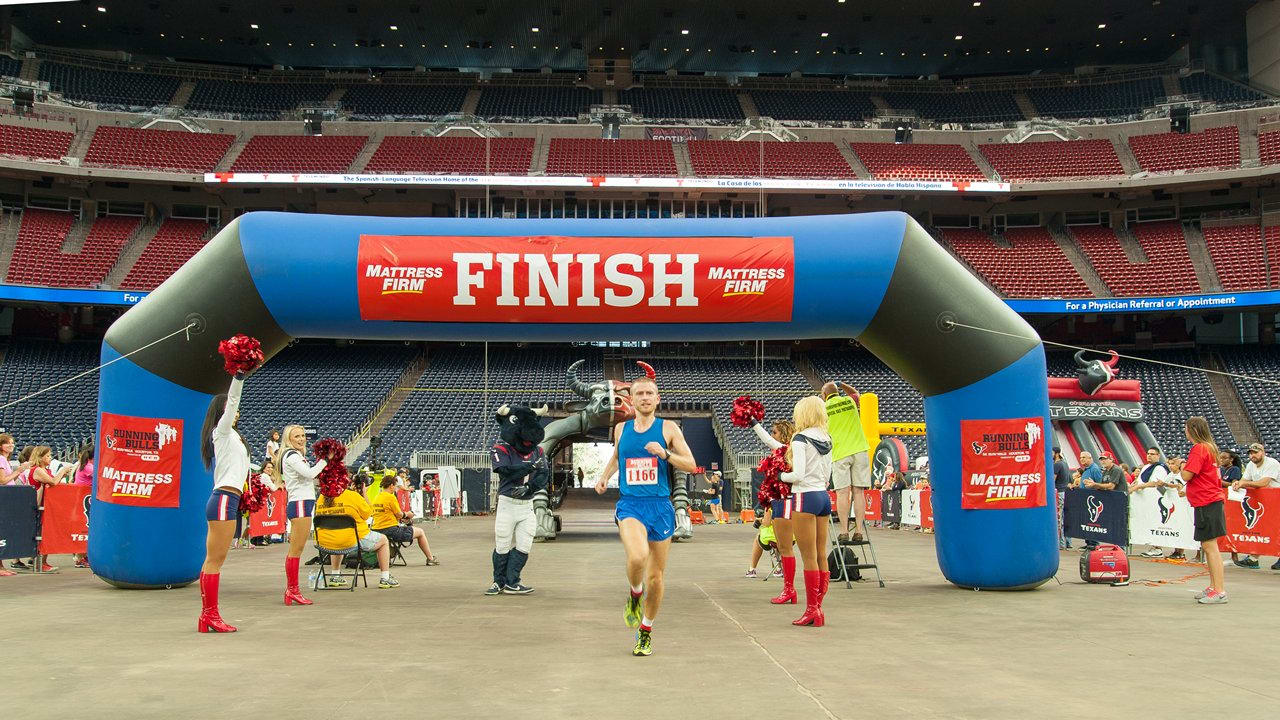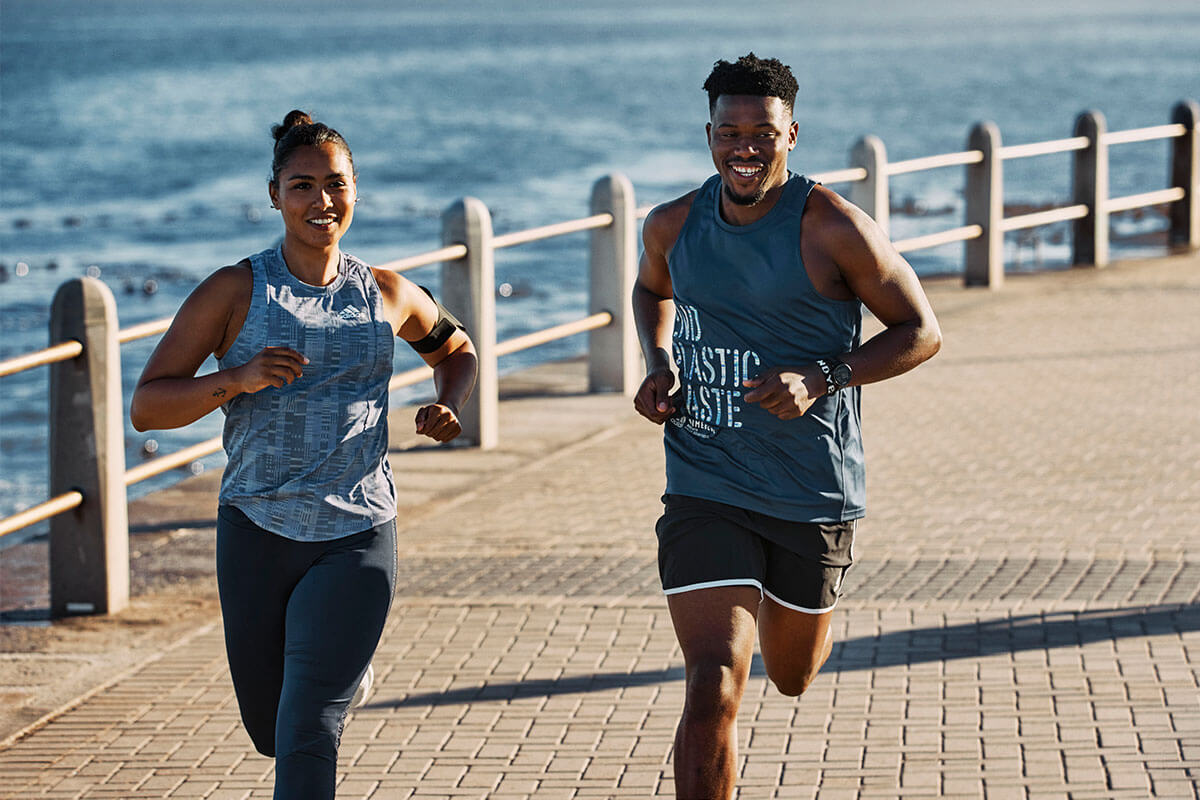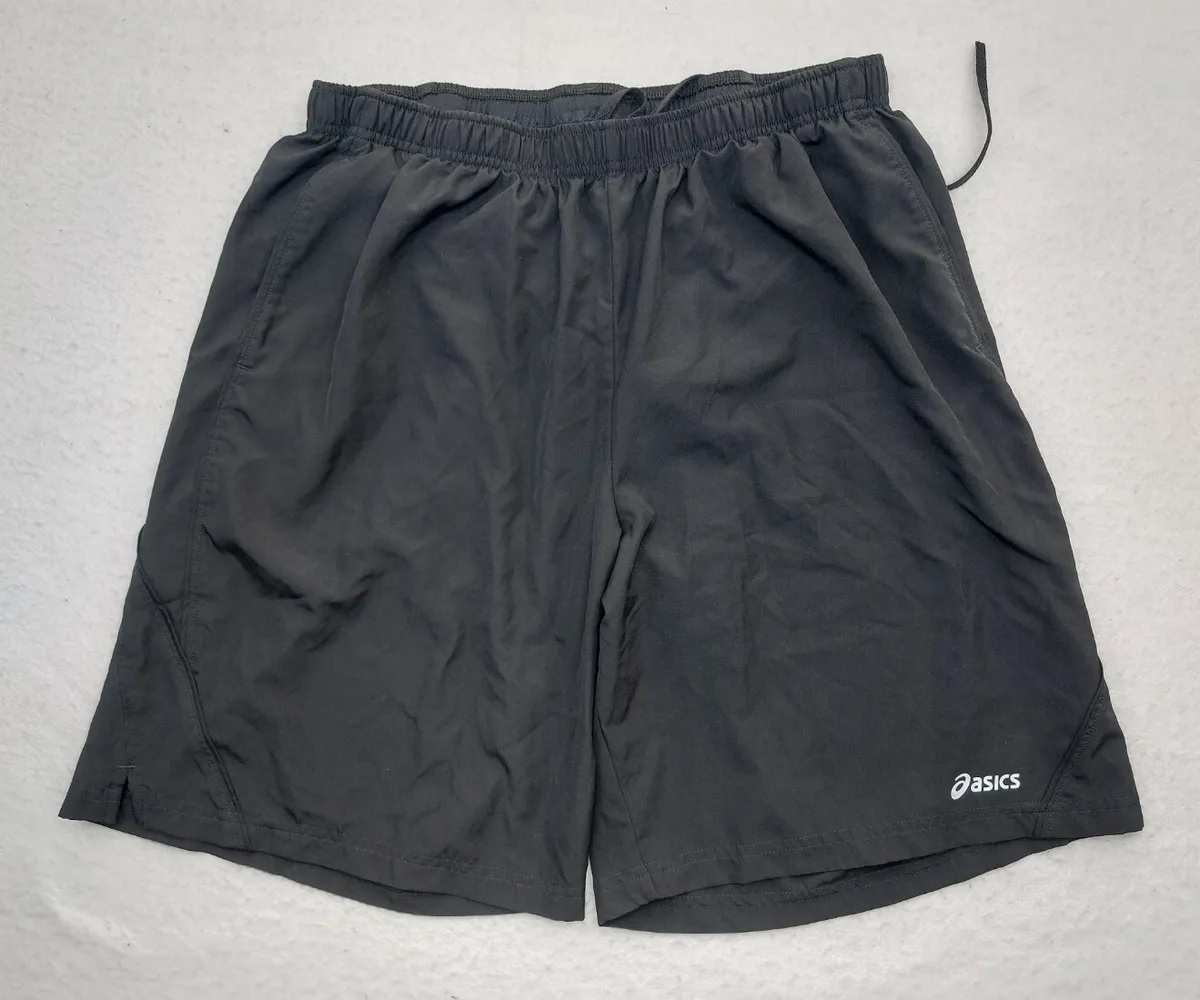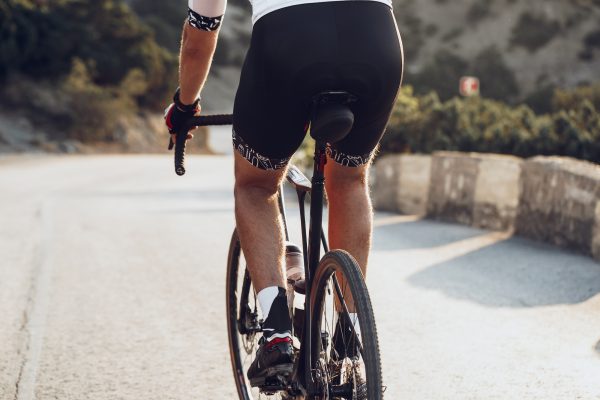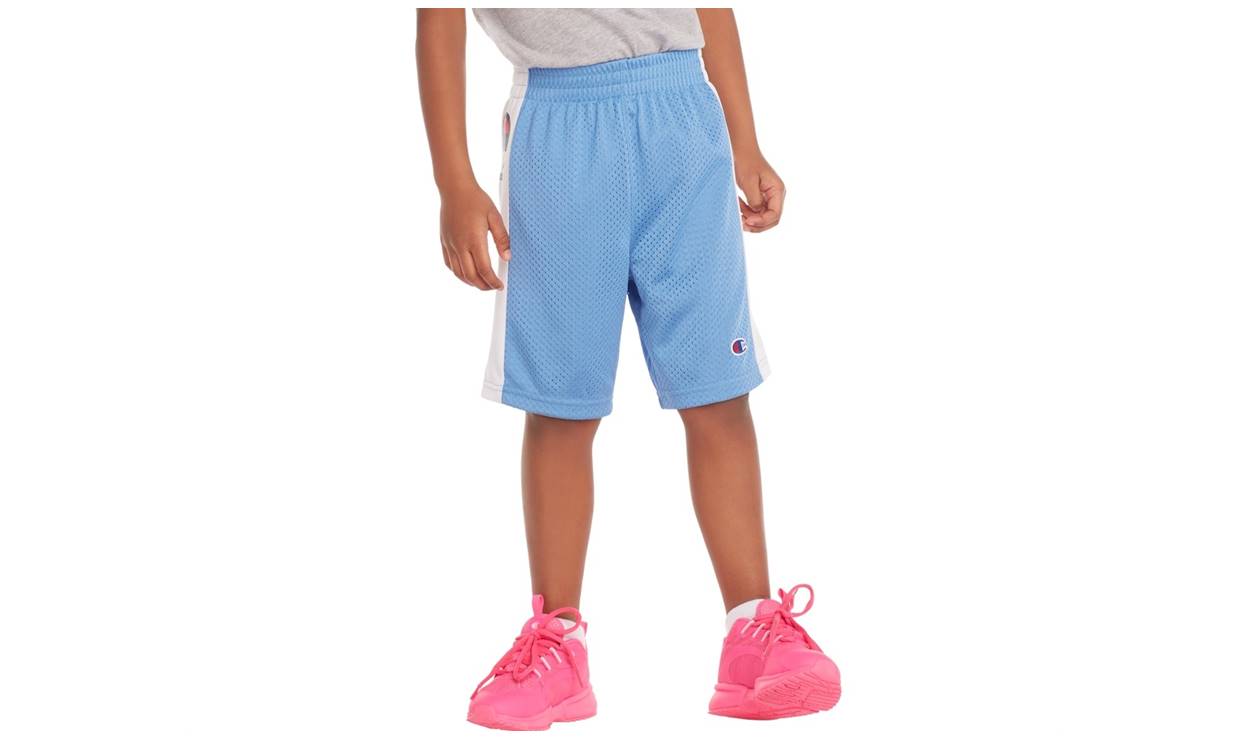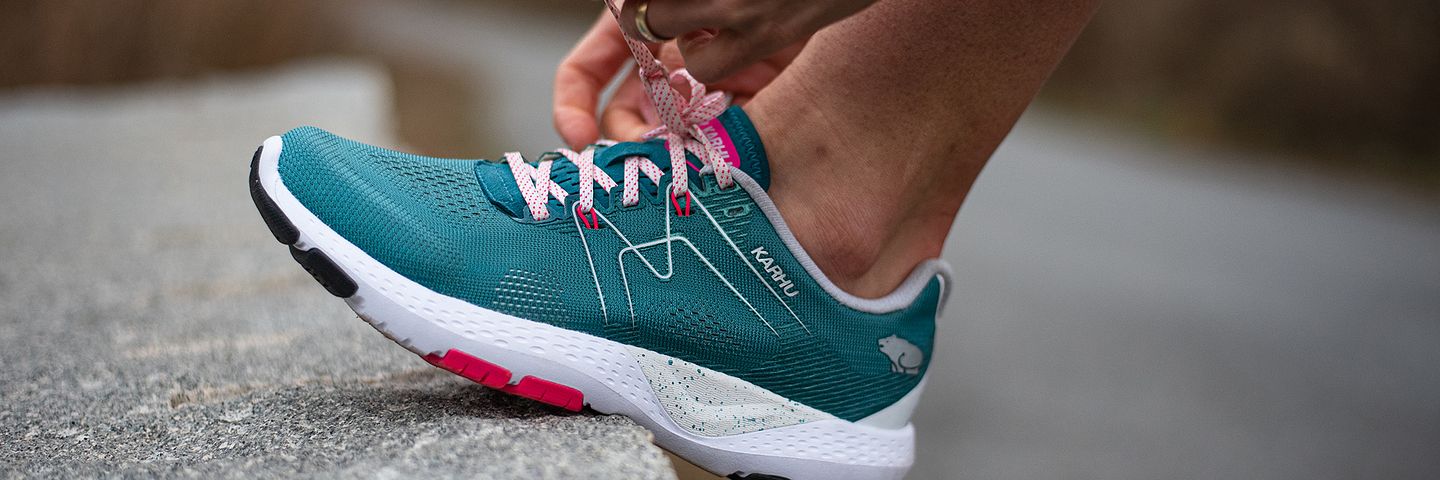

Featured
What Can Keep My Running Shoes On
Modified: January 22, 2024
Discover the top features that can keep your running shoes perfectly secured during your workouts.
Introduction
When it comes to running, having a secure and comfortable fit for your shoes is crucial. Nothing can be more frustrating than having to constantly stop and readjust your laces while you’re in the middle of a run. Fortunately, there are various methods and techniques you can employ to keep your running shoes securely on your feet throughout your entire run.
In this article, we will explore different ways to ensure that your running shoes stay in place, allowing you to focus on your performance and enjoy your run without any distractions. We will delve into the mechanics of how shoe laces work, as well as traditional lacing techniques and locking mechanisms that can provide additional security.
Additionally, we will examine the benefits of using elastic laces as a convenient alternative to traditional laces, and how they can save you time and hassle during your runs. We will also explore other methods that can help keep your running shoes properly secured, such as using lace locks, double knotting, or even utilizing special lacing techniques specific to certain foot types or shoe models.
Whether you’re a seasoned runner looking for new ways to enhance your running experience, or a beginner seeking advice on how to keep your shoes on during your workouts, this article has got you covered. Let’s dive in and discover the best techniques to keep your running shoes securely fastened, so you can focus on achieving your running goals.
How Shoe Laces Work
Before we delve into the various techniques for keeping running shoes securely on your feet, it’s important to understand how shoe laces work and why they sometimes come undone. Shoe laces are designed to hold the upper part of the shoe firmly against your foot, providing stability and support.
When you tie your laces, you create tension that locks the shoe in place. The friction between the laces and the eyelets secures the shoe, preventing it from slipping off. However, as you run and the shoes flex, the tension can gradually loosen, leading to the laces becoming untied.
There are several factors that can cause laces to loosen, such as the type of knot used, the material and thickness of the laces, and the movement and impact of your feet during running. It’s important to find a lacing technique that can withstand these factors and provide a secure fit throughout your run.
Furthermore, the tightness of the laces also affects their ability to stay tied. Laces that are too loose can cause the shoe to slip off, while laces that are too tight can restrict blood flow and create discomfort. Striking the right balance is crucial for both performance and comfort.
In the next sections, we will explore different lacing techniques and methods that can help you keep your running shoes securely on your feet, allowing you to focus on your run and avoid any interruptions caused by loose or untied laces.
Traditional Lacing Techniques
Traditional lacing techniques play a significant role in keeping your running shoes securely on your feet. These tried-and-true methods can provide a snug fit and prevent your shoes from slipping or coming undone during your run.
One common technique is the “criss-cross” lacing method, where the laces are threaded through the eyelets in a diagonal pattern. This method evenly distributes tension across the shoe and allows for customization of tightness in different areas of the foot.
Another popular method is the “heel lock” or “runner’s loop” technique. This involves creating a loop with each lace on the side of the shoe, near the ankle. You then cross the laces over each loop and pull them tight. This technique helps secure the heel in place and prevents it from slipping or lifting during your run.
For those with high arches or narrow feet, the “window lacing” technique can be beneficial. By skipping one or more eyelets near the midfoot, this technique provides extra space and allows for a more comfortable fit, while still maintaining stability.
Experimenting with different lacing techniques can help you find the one that works best for your foot shape and running style. It’s important to adjust the tightness of the laces according to your comfort level, ensuring a snug fit without restricting circulation.
Remember, each shoe and foot is unique, so don’t be afraid to try different techniques and make adjustments until you find the perfect fit. The goal is to find a lacing technique that provides a secure and comfortable fit while minimizing the chances of your shoes coming undone during your run.
Locking Mechanisms for Shoe Laces
In addition to traditional lacing techniques, there are various locking mechanisms available that can provide an extra level of security and help keep your running shoes on your feet throughout your run.
One popular locking mechanism is the use of lock laces or bungee laces. These are elastic laces that do not require tying. Instead, you adjust the tension by stretching the laces and securing them in place with a locking mechanism, such as a toggle or a cord lock. This allows for a customized and secure fit, eliminating the need to constantly retie your shoes during your run.
Another locking mechanism is the lace lock. This is a small plastic or metal device that is threaded onto the laces and acts as a stopper to prevent the laces from coming undone. With a lace lock, you can tighten the laces to your desired level of snugness and lock them in place, providing a secure fit for your running shoes.
Some running shoe models also come with built-in locking mechanisms. These may include features like a webbing system or straps that can be tightened to keep the shoes securely in place. These locking mechanisms are designed to provide a secure fit and minimize the chances of the shoes slipping off or coming undone.
When using locking mechanisms, it’s important to find the right balance between a secure fit and comfort. Adjust the tension and tightness of the laces or locks to ensure optimal performance and prevent any discomfort or restriction of blood flow.
Whether you opt for lock laces, lace locks, or shoes with built-in locking mechanisms, these options can be convenient and effective in keeping your running shoes securely fastened throughout your entire run.
Elastic Laces: A Convenient Alternative
If you’re looking for a convenient and hassle-free solution to keep your running shoes securely on your feet, elastic laces are an excellent alternative to traditional laces.
Elastic laces, also known as no-tie laces or slip-on laces, offer a quick and easy way to secure your shoes. These laces are made of stretchable materials that allow you to slip your feet into the shoes without the need for tying knots. The elasticity of the laces provides a snug fit that conforms to your foot and keeps the shoes firmly in place.
One of the key benefits of elastic laces is their time-saving aspect. With no need to tie and untie your shoes, you can simply slip them on and off, saving precious minutes before your run. This can be particularly advantageous during races or intense training sessions when every second counts.
Elastic laces also offer convenience and versatility. They come in various colors and lengths, allowing you to customize the look and fit of your shoes. Additionally, they are adjustable, so you can easily tighten or loosen the laces to your desired level of comfort and snugness.
Furthermore, elastic laces can provide a consistent fit throughout your run. Unlike traditional laces that can gradually loosen over time, elastic laces maintain their tension and keep your shoes securely in place, minimizing the chances of them slipping off or needing readjustment.
It’s worth mentioning that elastic laces may not be suitable for everyone. Some runners prefer the precise fit and customization options that traditional laces offer. However, elastic laces can be a convenient and efficient solution for those seeking a no-fuss approach to securing their running shoes.
Whether you’re a busy runner looking to save time, a triathlete in need of a quick transition, or simply someone who prefers the convenience of slip-on shoes, elastic laces can be a game-changer. Consider giving them a try and enjoy the hassle-free experience of keeping your running shoes securely on your feet.
Other Methods to Keep Running Shoes On
Aside from traditional lacing techniques and locking mechanisms, there are additional methods you can try to ensure that your running shoes stay securely on your feet. These methods can provide extra security and help prevent any unwanted slippage or discomfort during your run.
One simple yet effective method is double knotting your laces. By tying an additional knot on top of the initial knot, you can significantly reduce the chances of your laces coming undone while you’re running. This technique adds an extra layer of security and requires more effort to untie, keeping your shoes securely fastened throughout your entire run.
Some runners find that using lace locks or lace anchors can be beneficial. Lace locks are small devices that grip the laces and prevent them from loosening or unraveling. Lace anchors, on the other hand, are adhesive tabs that hold the laces securely in place. Both of these options can provide additional security and minimize the need for frequent adjustments during your run.
Another method to consider is the use of special lacing techniques designed for specific foot types or shoe models. For instance, if you have a high instep or wide forefoot, you can try the “box lacing” technique. This involves skipping eyelets near the middle of the shoe to create a wider area and alleviate pressure on your foot. Similarly, some shoe models come with specific lacing patterns that are designed to provide a more secure and customized fit.
It’s important to note that not every method will work for everyone. It’s best to try out different techniques and find the ones that work best for your foot shape, running style, and shoe model. Experimenting with different methods can help you achieve a secure and comfortable fit, ensuring a hassle-free and enjoyable running experience.
Remember, the key is finding the right balance between a snug fit and comfort. Make sure your shoes are secure enough to prevent slippage, but not so tight that they restrict circulation or cause discomfort during your run.
By exploring these alternative methods, you can discover new strategies to keep your running shoes securely on your feet, allowing you to focus on your performance and enjoy a smooth and uninterrupted run.
Conclusion
Ensuring that your running shoes stay securely on your feet is essential for a comfortable and uninterrupted running experience. Loose or untied laces can lead to distractions, discomfort, and even injury. Fortunately, there are various methods and techniques available to help keep your running shoes in place.
Traditional lacing techniques, such as the criss-cross method or the heel lock technique, provide a secure and customizable fit. These techniques distribute tension evenly and prevent the laces from coming undone during your run. Additionally, incorporating locking mechanisms, such as lock laces or lace locks, can add an extra layer of security and convenience.
Elastic laces offer a convenient alternative for those seeking a quick and hassle-free solution. These no-tie laces provide a snug fit and eliminate the need for constantly tying and adjusting your shoes. They save you time and effort, making them popular among busy runners and athletes.
Other methods, such as double knotting your laces or utilizing lace locks and anchors, can help keep your running shoes securely fastened. These techniques add extra security and reduce the risk of your laces coming undone during your run.
It’s important to find the right method that works best for you. Experiment with different techniques, take into consideration your foot shape and shoe model, and adjust the tightness according to your comfort level. The goal is to achieve a snug and comfortable fit that allows for optimal performance without sacrificing comfort.
By implementing these various methods and techniques, you can ensure that your running shoes stay securely on your feet throughout your entire run. Say goodbye to interruptions and distractions caused by loose laces, and focus on reaching your running goals with confidence.
Remember, the key is to find what works best for you and incorporate it into your running routine. Whether you prefer traditional laces, locking mechanisms, elastic laces, or a combination of different techniques, the priority is to create a secure and comfortable fit that allows you to fully enjoy your runs. Keep your shoes securely on your feet, and let nothing hold you back from achieving your running aspirations.


